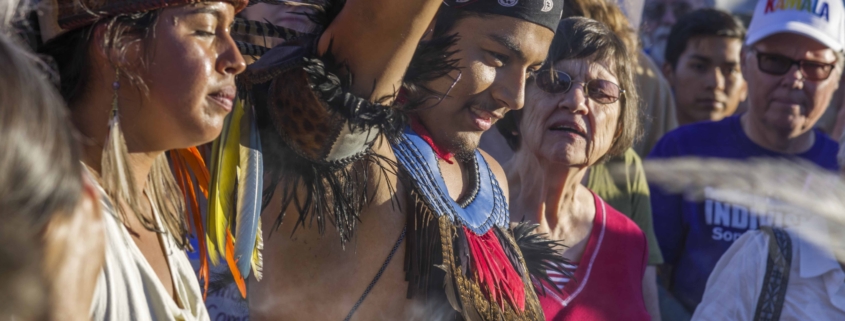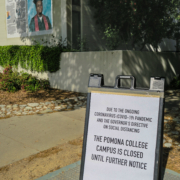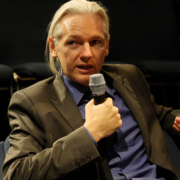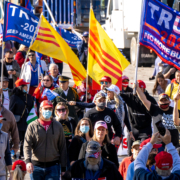Ignoring American Indian Heritage Month is disrespectful
Today is Native American Heritage day. Most Americans will go about their business unfettered by this knowledge.
What’s worse? Most Americans, including the news media, did not know or ignored the fact that this past month was National American Indian Heritage Month. There was little educational programing, popular media coverage, and political speeches.
There are lots of plausible reasons why this occurred.
Perhaps you’re not a big fan of dedicating an entire month to celebrating a distinct class of people.
Maybe American Indian Heritage Month was overshadowed by the contentious federal election, which pitted a controversial Republican, Donald Trump, against a moderate Democrat, Joe Biden.
Or then again, the explanation I think is the most reasonable, is that the general public really doesn’t care about American Indians and Alaskan Natives (AIAN).
Sure, we are willing to buy into cute stereotypes and flawed historical explanations, but when it comes time to confront the day to day realities for most AIAN we get bored, our eyes glaze over, and we change the subject.
The fact remains that on almost all measures of personal well-being, including poverty, health outcomes, crime, and educational achievement, AIAN are either at the bottom or close to the bottom. Such inequality and outcomes did not happen by chance or lack of personal drive.
Even though many Hispanics (18 percent of the genome) and African-Americans (1 percent of the genome) are of the American-Indian Heritage, most Americans are pretty ignorant about American Indians and Alaskan Natives. And the sad thing is that they don’t really care.
Shifting gears, almost every year around this time, I tend to write an op-ed about the abysmal plight of American Indians and Alaskan Natives and the dominant White societies’ relationship with them. This is an outgrowth not only of personal experience but of a considerable amount of scholarship I used to do on this subject, including two books, research consulting, and some teaching at the undergraduate level.
I enjoyed engaging with this topic, but over the years, increasingly, I’ve felt that no one really cares about the issues that I brought to public and policy attention. Part of this reaction I believe is my geographical location. I live in Washington, DC, and work in Baltimore, Maryland. It’s not like American Indians and Native Alaskan issues aren’t part of the federal agenda, but they pale in comparison to foreign relations, the economy, etc. And yes, there is an American Indian population in Baltimore and Maryland in general, but they are not so numerous as they are in other states like Alaska, California, Oklahoma, New Mexico, or South Dakota.
Most of the time, I felt like I was beating my head against a wall. It’s exhausting and demoralizing. Sure, I could ignore this simple fact and, like Don Quixote push on, and continue to do my work, but the truth is the truth.
The simple fact is that the health and well-being of Native Americans and Alaskan Natives is not merely a local challenge; it’s a national issue with many complexities. By ignoring this and them, we are telling the original inhabitants of our country that they are not important, and we don’t care.
Let’s work to changing this state of affairs. Expanding and sharing our knowledge of AIAN should be a goal in and of itself. Hollywood and other channels of popular culture have frequently and inaccurately portrayed AIAN and thus prevented our understanding of these unique cultures.
Even if it means celebrating a month or even a day like Native American Heritage Day, today is dedicated to AIAN diverse culture, both past and present, and challenges that they currently experience. Let’s work toward solutions that will assist them.
Photo by Bob Dass, “Lights for Liberty Rally, Santa Rosa, California” “Native American prayer at this rally to end immigrant concentration camps”)

 Creative Commons
Creative Commons









